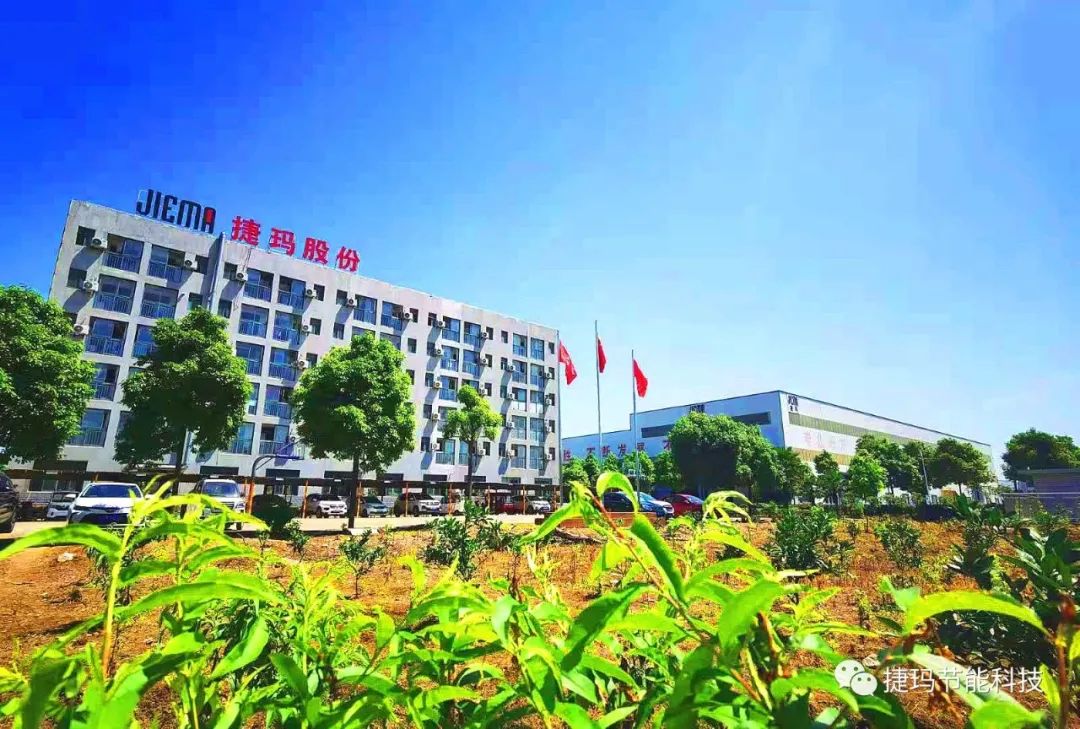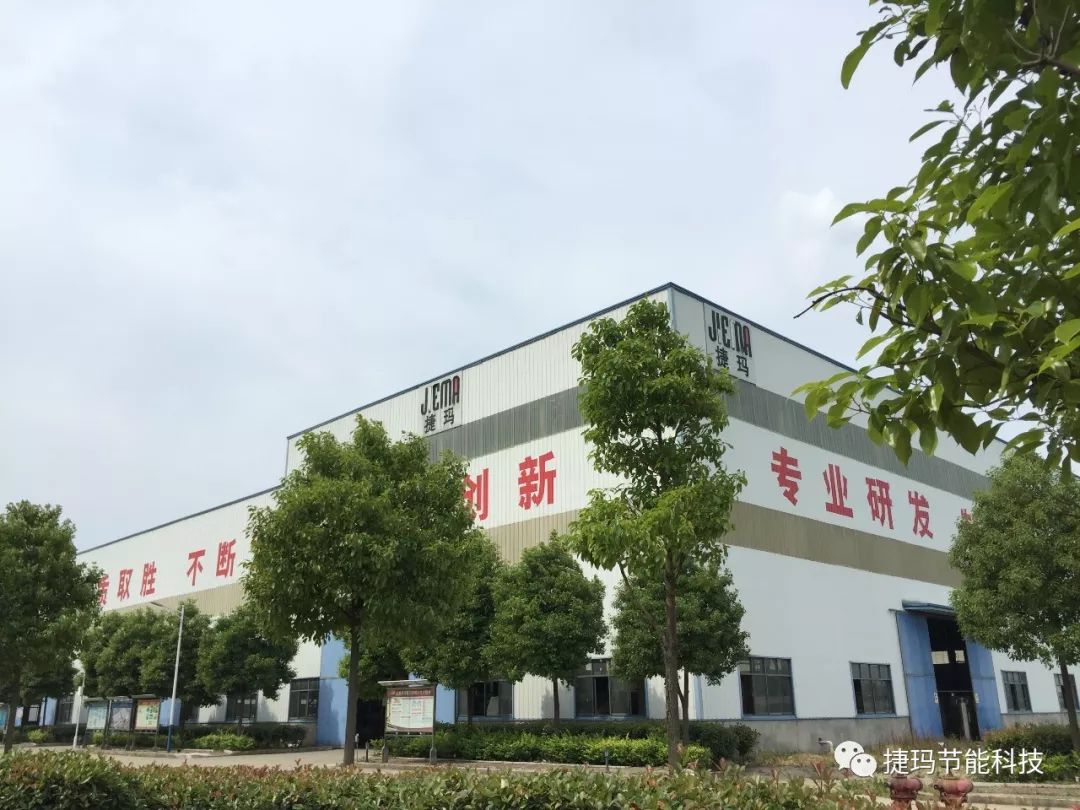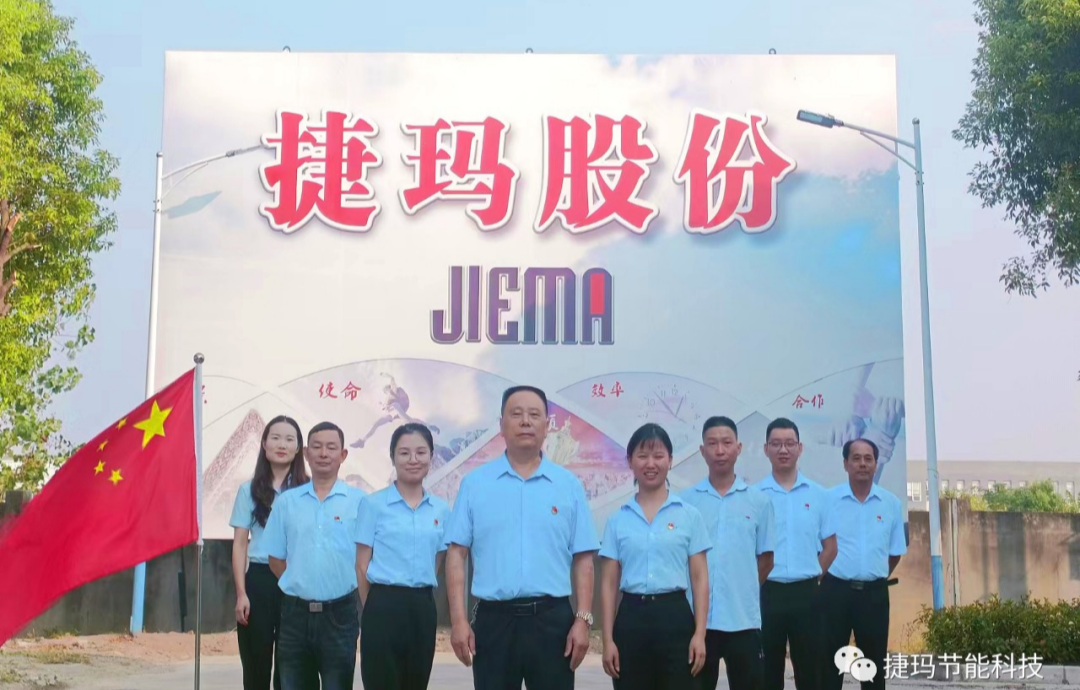What is waste heat?
Waste heat is a secondary energy source, which is a product of energy or combustible material conversion, or the remaining heat after the heat generated during fuel combustion is completed. In layman's terms, it is the thermal energy that has not been rationally utilized in industrial production.
According to the temperature grade, industrial waste heat is generally divided into high temperature waste heat above 600°C, medium temperature waste heat below 300~600°C, and low temperature waste heat below 300°C;
According to the source, industrial waste heat can be divided into: waste heat of high-temperature exhaust gas, waste heat of cooling medium, waste heat of waste gas and waste water, waste heat of high-temperature products and slag, waste heat of chemical reaction, waste heat of combustible waste gas and liquid and waste, etc.
According to investigations, waste heat resources in various industries account for about 17%-67% of their fuel consumption, that is to say, the heat energy generated by fuel within this data range is likely to be wasted. And these waste heat resources can be recycled up to 60%. Obviously, reasonable waste heat recovery can greatly reduce fuel costs for enterprises. Moreover, as the temperature of the original flue gas decreases, the harm of high-temperature gas to corrosion-resistant materials or equipment is also reduced.

How to recover waste heat?
Common industrial waste heat recovery has multiple classification methods. According to the characteristics of energy transfer or conversion in the process of waste heat resource reuse, the current domestic industrial waste heat utilization technology can be divided into heat exchange technology, heat power conversion technology, waste heat refrigeration and heating technology.
Among them, the use of waste heat by heat exchange technology does not change the form of waste heat energy, but directly transfers waste heat energy to the energy-consuming process of its own process through heat exchange equipment, reducing primary energy consumption. This is the most direct and efficient way to recover industrial waste heat. economic method.
Heat exchange technology still recovers waste heat resources in the form of thermal energy according to the reduction of temperature levels, which is a downgrade application and does not meet the requirements of process flow or power consumption inside and outside the company. Therefore, using thermal power conversion technology to improve the grade of waste heat is another key technology for recovering industrial waste heat. According to the classification of industrial grades, thermal power conversion technology can be divided into traditional steam turbine power generation technology using water as industrial waste heat resource and organic chemical industry technology using low boiling point industrial waste heat resource. Due to the different characteristics of the working fluid, the corresponding waste heat recovery system software and equipment configuration also has its corresponding characteristics.

What can waste heat be used for after recovery?
There are many ways to recover waste heat. Generally speaking, the comprehensive utilization of waste heat is the best, followed by direct utilization, and then indirect utilization (such as waste heat power generation).
Comprehensive utilization is based on the quality and temperature of waste heat in different steps. High quality can be used for production process or waste heat power generation; medium quality (120-160 degrees) can be used for refrigeration equipment cooling -30 to 5 degrees, for air conditioning or industry; low quality can be used for heating or use absorption heat pumps to For production and daily use.
The direct use of waste heat to preheat air is to use high-temperature flue exhaust to heat the air entering boilers and industrial kilns through high-temperature heat exchangers. Due to the increased temperature of the air entering the furnace, the combustion efficiency is increased, resulting in fuel savings.

Which industries are waste heat recovery generally used for?
Recovery and utilization of waste heat is an important way to improve economy and save fuel. The waste heat of flue gas (or other high-temperature polluting gas) above 280°C in glass, metallurgy, smelting, petrochemical, building materials, ceramics, textile and other industries can be recovered.
That is, as long as the exhaust gas temperature is higher than 280 ℃, industrial boilers, fluidized bed boilers, heat transfer oil furnaces, smelting furnaces, metallurgical furnaces, blast furnace hot blast stoves, heating furnaces, as well as chemical fertilizer plants and paper mills can be applied.
In summary, Our country's industrial waste heat is large, the area is wide, and the technology and equipment methods are diversified, but they all have certain basic conditions for application. According to different types of waste heat, temperature, and thermal energy, and combined with their own production conditions, process heat, and internal and external heat energy requirements, enterprises should customize their own comprehensive energy-saving solutions for the entire factory to achieve low energy consumption and continuously generate profits.




![]() December 13, 2022
December 13, 2022

